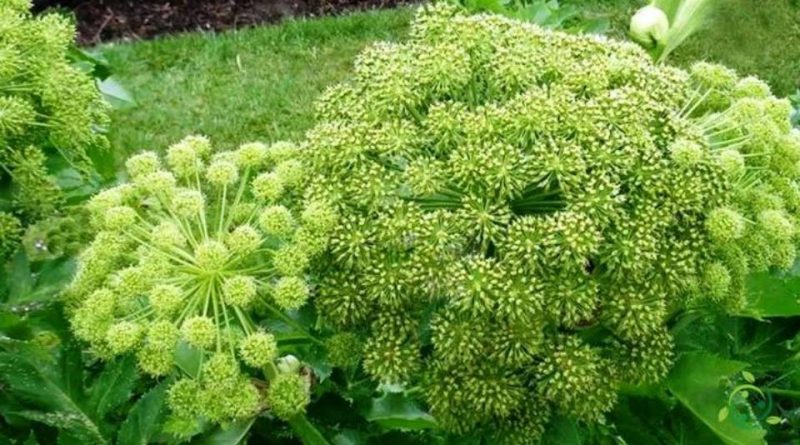How Angelica is propagated
How Angelica is propagated
Angelica (Angelica archangelica L.) is a biennial plant of the Apiaceae family native to northern Europe. In Italy the angelica is grown mainly in vegetable gardens and gardens. On the other hand, it is widely cultivated in Germany, Hungary and Belgium.
The most tender leaves and stems of this plant are used, which can be collected throughout the vegetative period and eaten fresh. The harvest of the fruits must be done by cutting the apical part of the plant when they start to change color.
The roots should be uprooted in autumn, washed, cut into pieces and dried.
It is also advisable to hang the stems in a cool and airy place and, once dried, beat the infructescences to collect the seeds, keeping them in a cool and dry place.
Under the hanging stems it is good to place sheets of paper or cloth or, in any case, containers that allow you not to lose the seeds that once ripened could fall. Alternatively, it is also useful to tie a paper bag over the flower head to catch the seeds before they fall to the ground.
In fact, propagation occurs by seed and being a biennial species, it is necessary to sow it every year. Given the considerable size it must be cultivated in full soil. The seeds must be placed in sandy soil in a partially sunny area. The seedlings will have to be thinned out if they are too dense.
Propagation –
Angelica is a plant, as mentioned, that propagates by seed and these must be sown as soon as they are harvested as they have a short germination period.
For this reason they must be immediately harvested and sown in a cold greenhouse; the seedlings are transplanted outdoors the following spring.
When handling the plant, great care must be taken as its juices (which contain furanocoumarins among other things) are irritating to the skin and cause irritation.
If, on the other hand, you are propagating angelica from dry seeds, these, given the low germination rate, need special treatment. In this case it is useful to sow many more seeds to ensure a useful germination of seedlings.
In this regard it is advisable to gently press the seeds on the surface of the soil. The seeds need light to germinate, so it is advisable not to cover them with earth. The technique must provide for the arrangement in pots or pallets in a bright position with temperatures between 15 and 18 C, keeping the soil moist.
It is also good to use pots of peat or fiber so as not to disturb the sensitive roots when transplanting the seedlings in the garden.
When transplanting, it should be remembered that the soils must be very fertile, so much so that abundant manuring must be done to the plant and above all at the vegetative restart of complete fertilizations.
For the details of the cultivation technique, refer to the following sheet.

